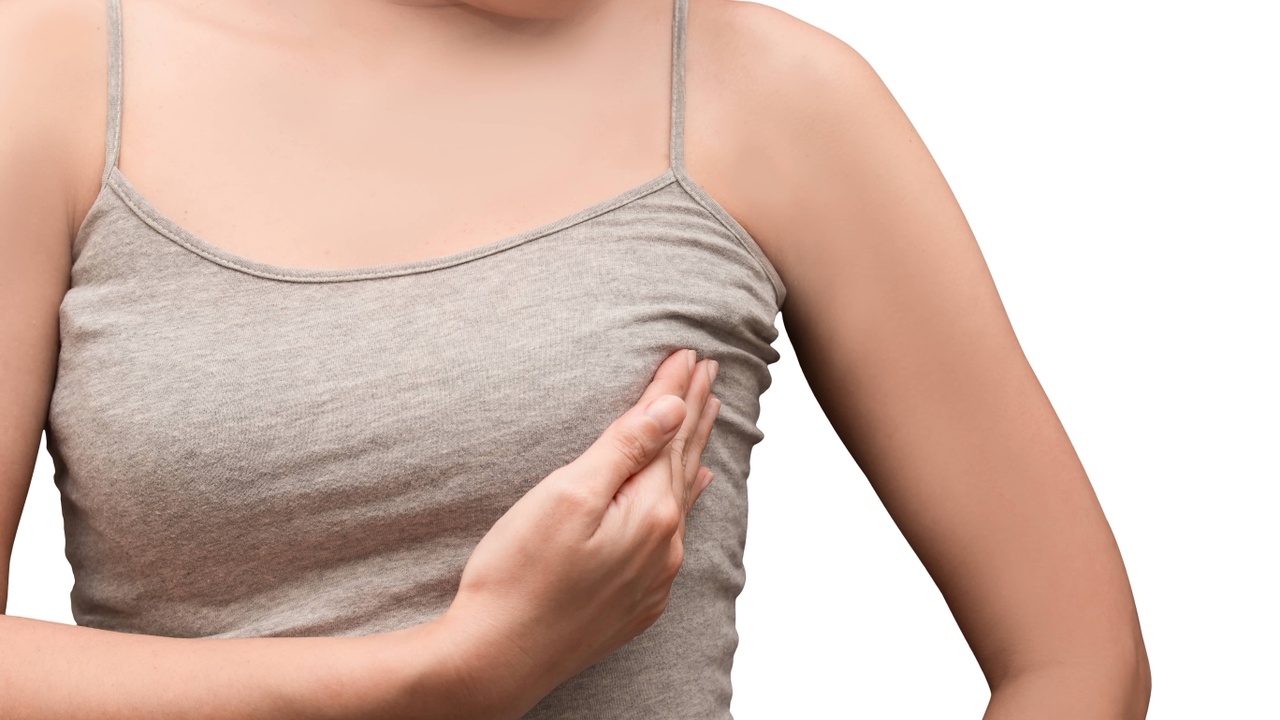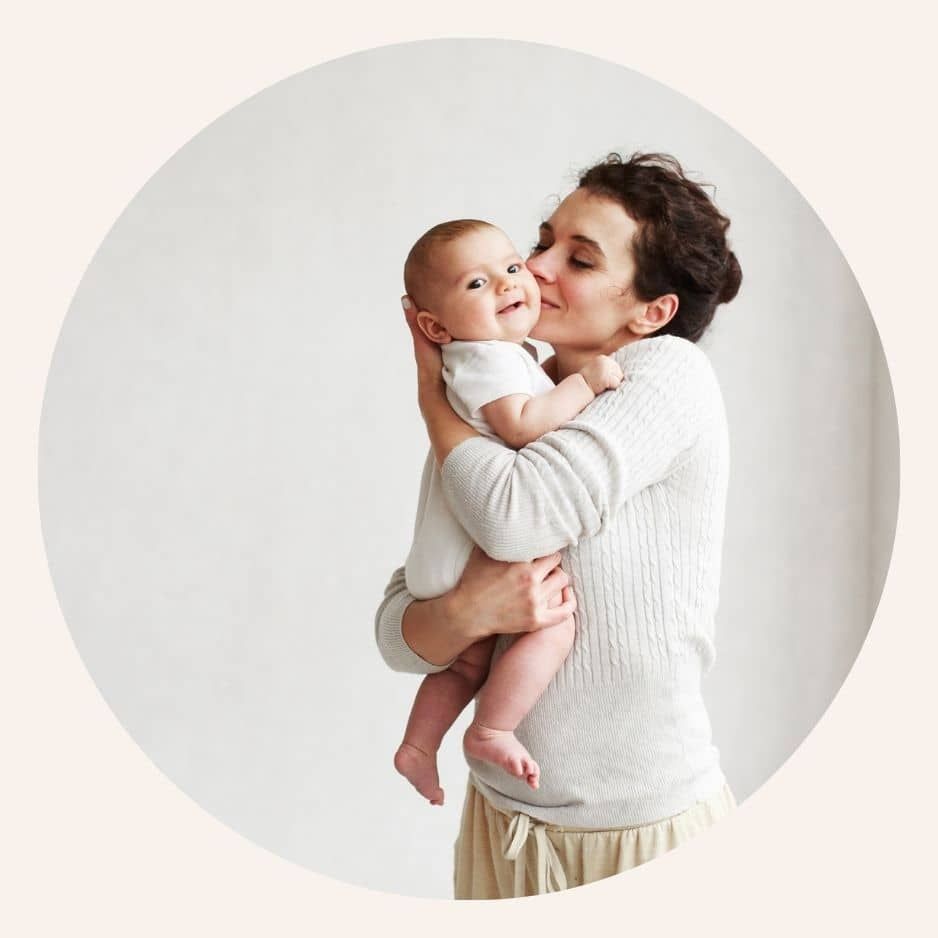Four Natural and Easy Ways to Soothe Sore Nipples

You’ve done all the research to give your baby the best start, and feeding is at the top of your list. But no matter how many articles you read or tips you get, feeding still feels hard. Your baby’s frustrated, you’re exhausted, and you’re starting to wonder if it’s time to give up.
Before you throw in the towel, let me remind you: You don’t have to figure this out alone. A lactation consultant can help you solve feeding challenges and make the experience feel better for you and your baby. But how do you find the right one? Let’s break it down.
Breastfeeding and Nipple Pain
Breast/chestfeeding is not biologically designed to hurt. While it’s true that nipples can be extra sensitive in the first few days after childbirth, this is due to hormonal changes in the body. Pain when feeding should not persist beyond the first week after birth. Pain is our body’s way of asking us to pay attention to something, and this isn’t different with nipples.
If you are having nipple pain that isn’t getting better, it’s time to investigate why.
Common Causes of Nipple Pain
The most common cause of nipple pain is nipple compression when latching. When a baby chews the nipple into the mouth, instead of gaping widely to come up and over the nipple, this causes pain, because compressing the nipple is painful. It would be painful if I walked up to you and pinched your nipple with my finger, and your baby’s jaws have much more force than my fingers do. If your baby is chewing or sucking your nipple into their mouth, then the most important thing you can do to help your nipples feel better is to work on your latch mechanics to make sure you get a deeper latch.
The second most common cause of nipple pain is caused by a pump flange that is too large. While pump flanges can also be too small, the vast majority of women are pumping with flanges that are too large and pull the areola into the space designed for the nipple. This often results in needing to turn the suction up higher on the pump because it's harder to stretch the areola than the nipple, and this can cause damage. If you are having nipple pain, make sure your pump is the right fit for you.
When to Seek Help
If your nipples are already damaged, please seek out help with an experienced IBCLC who can help make sure you are solving the root of your feeding problems. Nipple damage can get worse quickly, and sometimes can get damaged to the point of needing to take a feeding break in order to heal. The more quickly you can solve the WHY, the more quickly you can help to make sure the damage gets healed too.
Alternatives to APNO
If you go to your healthcare provider and tell them that you have sore nipples, the most likely outcome is that they will give you a prescription for All-Purpose Nipple Ointment (APNO). While this ointment can make nipples feel better due to the steroid, it comes with trade-offs. APNO is expensive, often requires a compounding pharmacy, and is designed for short-term use because steroids can thin the skin and exacerbate damage if used too long.
Since most latch pain is caused by shallow latch and nipple compression, the anti-fungal and anti-bacterial aspects of APNO are usually not necessary. Instead, consider these alternatives that are often less costly and safer for long-term use.
Four Alternatives to Soothe Sore Nipples
Saline Soaks
Saline soaks are simple, effective, and inexpensive. Mix 1/4 to 1/2 teaspoon of salt into a cup of warm water, and soak your nipples for 3–5 minutes a few times a day. While it may be tempting to soak longer, doing so can soften the tissue and make it more prone to damage during the next feed. Hold a small cup over your nipple or a Haakaa if you have one to make soaking easy and mess-free.
Medihoney
Medihoney, a medical-grade honey, is safe for wounds and has antimicrobial properties. Apply directly to nipples after feeding and cover with a non-stick pad to prevent mess. Remember, keeping nipples moist while healing is better than allowing them to dry and form scabs.
Calendula
Calendula, an herb known for its healing properties, comes in sprays, tinctures, or creams. Use it topically on sore nipples or add it to a saline soak for extra soothing benefits.
Herbal Ointments
Ointments like Mother Love, Tiny Human Nipple Crack, or Green Forest Lady combine herbs like calendula and marshmallow for added healing properties. These ointments are versatile and safe for use on your baby’s scrapes and cuts, too.


